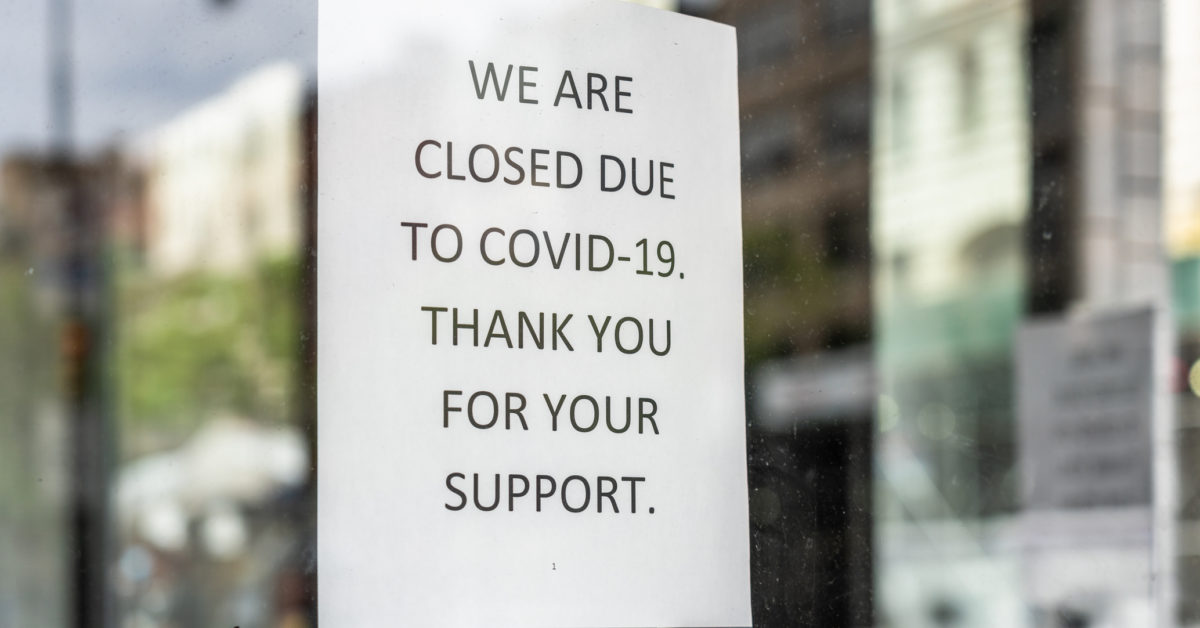A new study has found that emergency measures introduced in response to the COVID-19 pandemic are likely to have prevented more than 500 million additional infections.

New research on six countries has found that introducing emergency measures is likely to have prevented more than 500 million SARS-CoV-2 infections.
The research, which appears in the journal Nature, is the first peer-reviewed analysis of the effects of emergency measures on the number of infections.
The sudden emergence and rapid spread of SARS-CoV-2 forced governments around the world to make quick decisions in response to a virus that could be fatal for a significant number of people — particularly those over the age of 65, with underlying health conditions, or from Black, Asian, and minority ethnic backgrounds.
Although measures varied from country to country, they typically involved the closing of nonessential businesses, the shutting of schools, the implementation of physical distancing measures, restrictions on traveling, and an emphasis on home isolation.
However, these measures also come with major economic and social costs, which can themselves have a negative effect on public health.
When deciding when and how to instigate emergency measures to slow the spread of the virus, governments were dependent on computer modeling and prediction, such as the research that academics at Imperial College London, United Kingdom, produced in an influential study.
These models, while partially based on data from previous coronaviruses, such as SARS-CoV and MERS-CoV, were best guesses as to what might be the consequences of different responses to the virus.
As the countries that the pandemic initially affected emerge from the first wave of infections and emergency measures, data are now available to see how effective the measures actually were in slowing the rate of infection.
The team behind the present paper, based at the Global Policy Laboratory at the University of California, Berkeley, looked at 1,717 policies that authorities i

